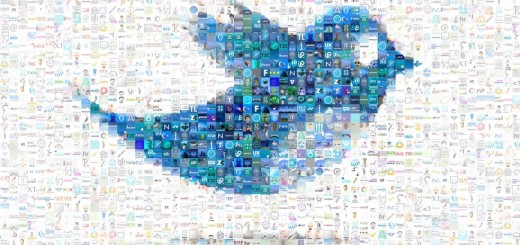Is ad fraud the 21st century drug trade?
The Senators are concerned that ad fraud, which is estimated to be costing advertisers billions annually, could eventually lead companies to pass the costs of fraud on to consumers in the form of higher prices.
They are also concerned that as fraudsters flood the online ad market, consumers will be at greater risk of having personal information stolen and abused.
Here’s an amazing fact: by 2025, the digital ad market could be 2nd only to drug trafficking as largest revenue source for organized crime
— Mark Warner (@MarkWarner) 11 de julio de 2016
The role of programmatic
While digital ad fraud has been around in some form or another since digital ads first appeared, it appears to be becoming more lucrative and complex.
There’s more digital ad inventory than ever, and many advertisers are pouring more and more money into digital spend. At the same time, publishers and advertisers have embraced programmatic ad buying.
According to Senator Mark Warner of Virginia, this makes for a dangerous combination. He told the Wall Street Journal…
This is a $60 billion industry, and some of the fraud numbers suggest that 10% of that is being wasted. And you’re seeing some of the same tools [we saw] in stock manipulation. This needs to be looked at.
Warner likens the ad fraud problem to the 2008 financial crisis, and suggests that “some of the tech community has swept this under the rug,” though he admits that he and other lawmakers have a lot to learn about the subject before the possibility of legislation should be put on the table.
But is ad fraud really a problem that can legitimately be compared to drug trafficking? That isn’t so clear.
The industry is well aware of the issue, and many parties are working to mitigate it.
The good news is that digital advertising is one of the most accountable forms of advertising, so prudent advertisers have many opportunities to ensure that they’re not being taken for a ride.
So what explains the fact that advertisers are estimated to be spending billions on fraudulent ads that aren’t being seen by real people? It’s simple: in most cases, ad prices reflect advertisers’ knowledge that fraud and ad blockers will prevent 100% viewability.
As former brand marketer Rick Webb explained last year…
We’ll spend a million bucks on a literal f**k ton of banners (I mean, just billions of the things, it’s crazy). And then we’ll do targeted brand sentiment and purchase-intent surveys using our internal peeps, online along with companies like Nielsen and Foresee, and offline with a bunch of (really quite awesome) companies you’ve never heard of. Then we’ll see whether the banners moved the needle, and if they did (and they often do), we’re happy.
In other words, 100% viewability isn’t required to run profitable campaigns, and sophisticated advertisers are more than capable of factoring viewability into their considerations when determining how much they should pay for ads.
The bigger problem?
Obviously, this doesn’t mean that ad fraud isn’t a problem worth addressing, but the idea that ad fraud, and programmatic ad fraud in particular, is going to create a Wall Street-like crisis that threatens the digital advertising ecosystem seems far-fetched.
If anything, lawmakers and regulators should be more concerned about how fraudsters are using digital ads to target consumers. Long-term, that is perhaps the biggest threat to digital advertising that publishers and advertisers should be most concerned about.
Want to know more, why not attend Get With the Programmatic, Marketing Week and Econsultancy’s one-day conference on 21st September in London, to hear from brand and agency experts.



